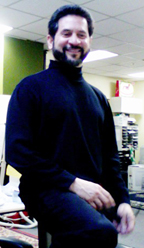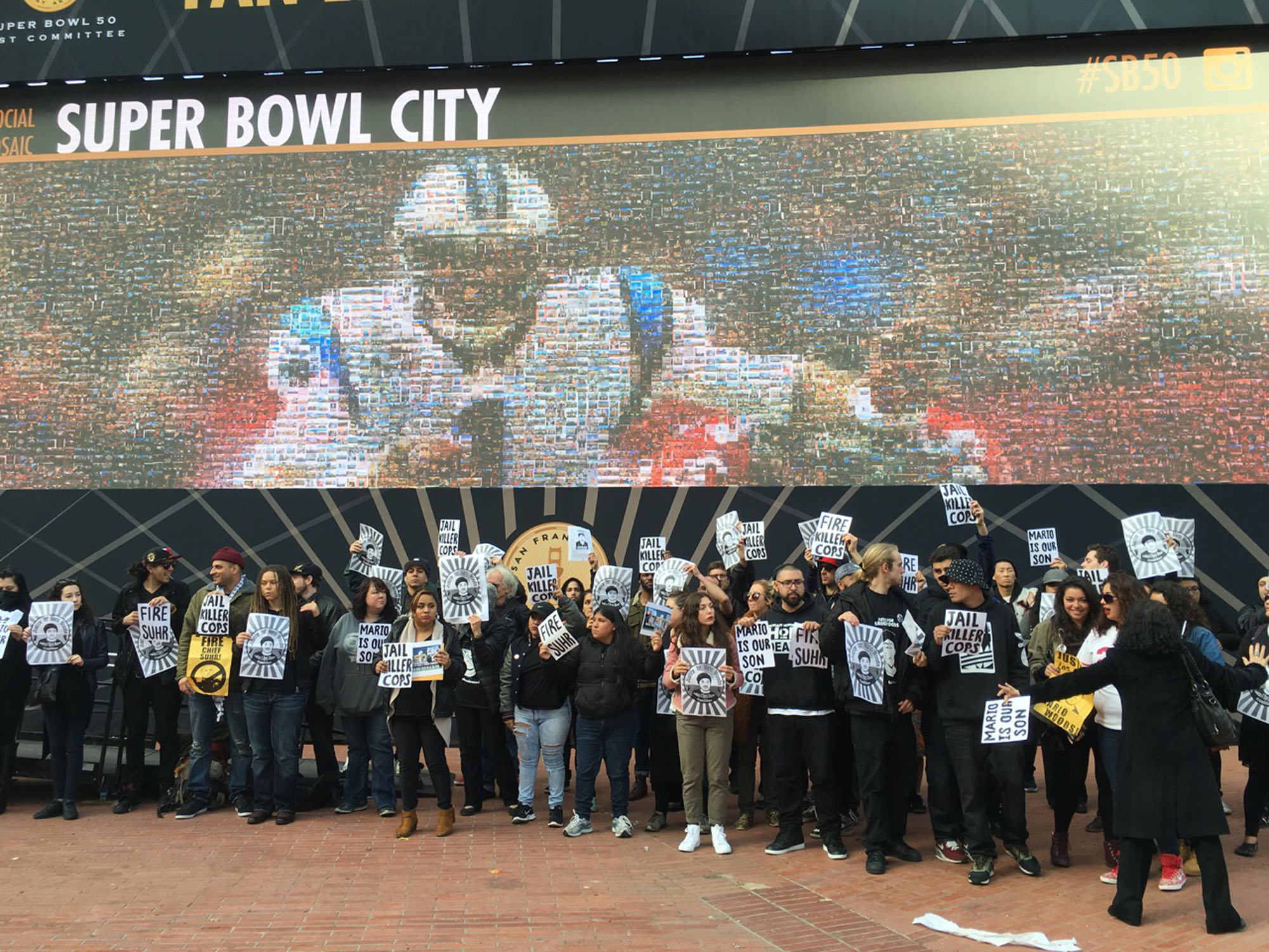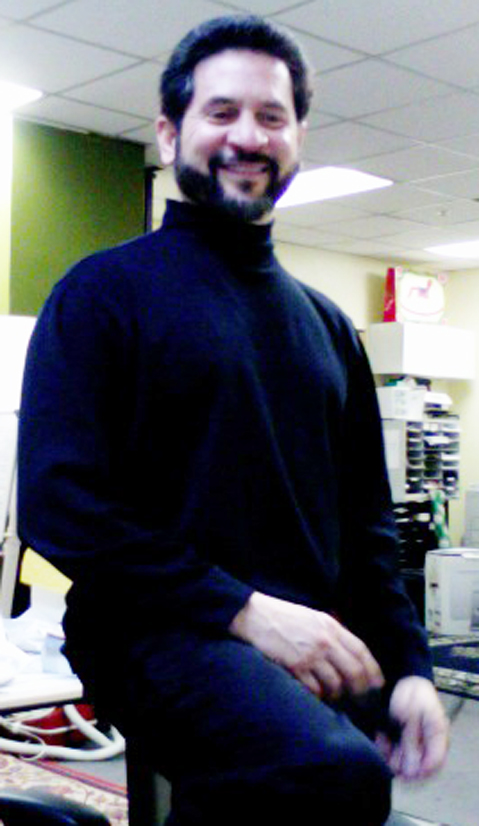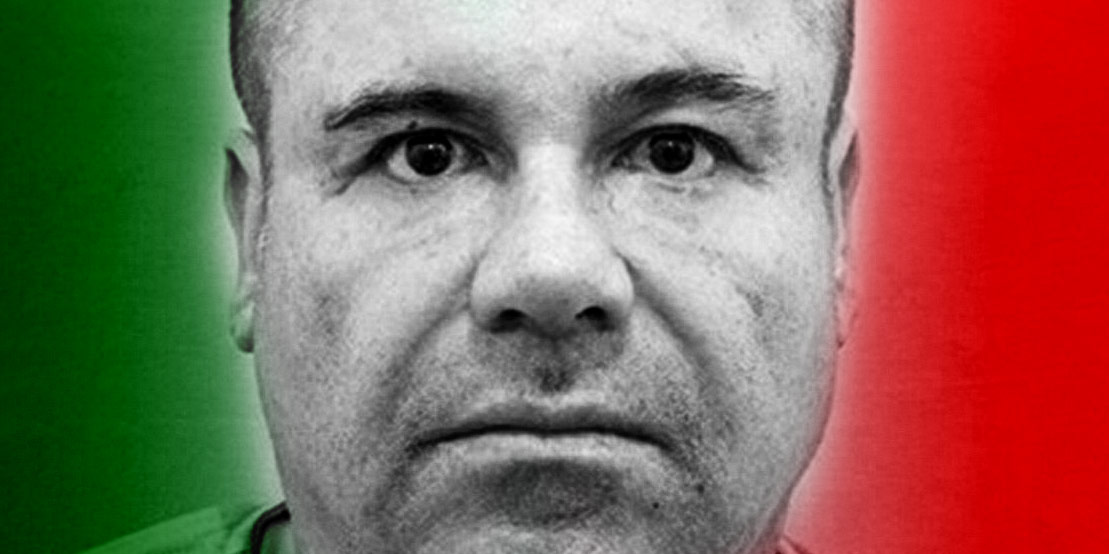NOTE FROM THE EDITOR:
Dear readers, Did you know that we are actually ruled by corporations, and that our country is a corporation, and that its officers (police, army, courts, etc) are actually agents of a corporation that are there to serve you or me?
In this following article, written by Richard Heinberg, sometime ago, you will discover a piece of history that probably you have never been exposed to during your lifetime and education. Due to the length of this piece, El Reportero will publish it in several parts. THIS IS PART 3 OF A SERIES.
GLOBAL PILLAGE
by Richard Heinberg
Hurdles In The Path
The Populism of the 1890s failed for two main reasons: divisiveness within, and co-optation from without. While many Populist leaders saw the need for unity among people of different racial and ethnic backgrounds in attacking corporate power, racism was strong among many whites. Most of the Alliance leaders were white farm owners who failed in many instances to support the organising efforts of poor rural blacks, and poor whites as well, thus dividing the movement.
“On top of the serious failures to unite blacks and whites, city workers and country farmers,” writes Howard Zinn, “there was the lure of electoral politics. Once allied with the Democratic party in supporting William Jennings Bryan for President in 1896.the pressure for electoral victory led Populism to make deals with the major parties in city after city. If the Democrats won, it would be absorbed. If the Democrats lost, it would disintegrate. Electoral politics brought into the top leadership the political brokers instead of the agrarian radicals… In the election of 1896, with the Populist movement enticed into the Democratic party, Bryan, the Democratic candidate, was defeated by William McKinley, for whom the corporations and the press mobilised, in the first massive use of money in an election campaign.”
Today, a new populist movement could easily fall prey to the same internal divisions and tactical errors that destroyed its counterpart a century ago. In the recent American presidential election, populists faced the choice of supporting their own candidate (Ralph Nader) and thereby contributing to the election of the far-right, pro-corporate Republican candidate (Bush), or supporting the centrist Gore and seeing their movement co-opted by pro-corporate Democrats.
Meanwhile, though African Americans, Asian Americans, Hispanic Americans, European Americans and Native Americans have all been victimised by corporations, class divisions and historical resentments often prevent them from organising to further their common interests. In recent elections, ultra-right candidate Pat Buchanan appealed simultaneously to “populist” anti-corporate and anti-government sentiments among the working class, as well as to xenophobic white racism. Buchanan’s critique of corporate power was shallow, but it was often the only such critique permitted in the corporate-controlled media. One cannot help but wonder: were the corporations looking for a lightning rod to rechannel the anger building against them?
While Buchanan had no chance of winning the presidency, his candidacy did raise the spectre of another kind of solution to the emerging crisis of popular resentment against the system–a solution that again has roots in the history of the past century.
A FALSE REVOLUTION
In the early 1900s, workers in Italy and Germany built strong unions and won substantial concessions in wages and work conditions; still, after World War I they suffered under a disastrous postwar economy, which fanned unrest. During the early 1920s, heavy industry and big finance were in a state of near-total collapse. Bankers and agribusiness associations offered financial support to Mussolini–who had been a socialist before the war–to seize state power, which he effectively did in 1922 following his march on Rome. Within two years, the Fascist Party (from the Latin fasces, meaning a bundle of rods and an axe, symbolizing Roman state power) had shut down all opposition newspapers, crushed the socialist, liberal, Catholic, democratic and republican parties (which had together commanded about 80 per cent of the vote), abolished unions, outlawed strikes and privatized farm cooperatives.
In Germany, Hitler led the Nazi Party to power, then cut wages and subsidized industries.
In both countries, corporate profits ballooned. Understandably, given their friendliness to big business, Fascism and Nazism were popular among some prominent American industrialists (such as Henry Ford) and opinion shapers (like William Randolph Hearst).
Fascism and Nazism relied on centrally controlled propaganda campaigns that cleverly co-opted the language of the Left (the Nazis called themselves the National Socialist German Workers Party–while persecuting socialists and curtailing workers’ rights). Both movements also made calculated use of emotionally charged symbolism: scapegoating minorities, appealing to mythic images of a glorious national past, building a leader cult, glorifying war and conquest, and preaching that the only proper role of women is as wives and mothers.
As political theorist Michael Parenti points out, historians often overlook Fascism’s economic agenda–the partnership between Big Capital and Big Government–in their analysis of its authoritarian social program. Indeed, according to Bertram Gross in his startlingly prescient Friendly Fascism (1980), it is possible to achieve fascist goals within an ostensibly democratic society.5 Corporations themselves, after all, are internally authoritarian (courts have ruled that citizens give up their constitutional rights to free speech, freedom of assembly, etc., when they are at work on corporate-owned property); and as corporations increasingly dominate politics, media and economy, they can mould an entire society to serve the interests of a powerful elite without ever resorting to stormtroopers and concentration camps. No deliberate conspiracy is necessary, either: each corporation merely acts to further its own economic interests. If the populace shows signs of restlessness, politicians can be hired to appeal to racial resentments and memories of national glory, dividing popular opposition and inspiring loyalty.
In the current situation, “friendly fascism” works somewhat as follows. Corporations drive down wages and pay a dwindling share of taxes (through mechanisms outlined above), gradually impoverishing the middle class and creating unrest. As corporate taxes are cut, politicians (whose election was funded by corporate donors) argue that it is necessary to reduce government services in order to balance the budget. Meanwhile, the same politicians argue for an increase in the repressive functions of government (more prisons, harsher laws, more executions, more military spending). Politicians channel the middle class’s rising resentment away from corporations and toward the government (which, after all, is now less helpful and more repressive than it used to be) and against social groups easy to scapegoat (criminals, minorities, teenagers, women, gays, immigrants).
Meanwhile, debate in the media is kept superficial (elections are treated as sporting contests), and right-wing commentators are subsidized while left-of-centre ones are marginalized. People who feel cheated by the system turn to the Right for solace, and vote for politicians who further subsizise corporations, cut government services, expand the repressive power of the state and offer irrelevant scapegoats for social problems with economic roots. The process feeds on itself.
Within this scenario, George W. Bush (and similar ultra-right figures in other countries) are not anomalies but, rather, predictable products of a strategy adopted by economic elites–harbingers of a less-than-friendly future–as the more “moderate” tactics for the maintenance and consolidation of power founder under the weight of corporate greed and resource exhaustion. IT WILL CONTINUE ON THE NEXT EDITION.










